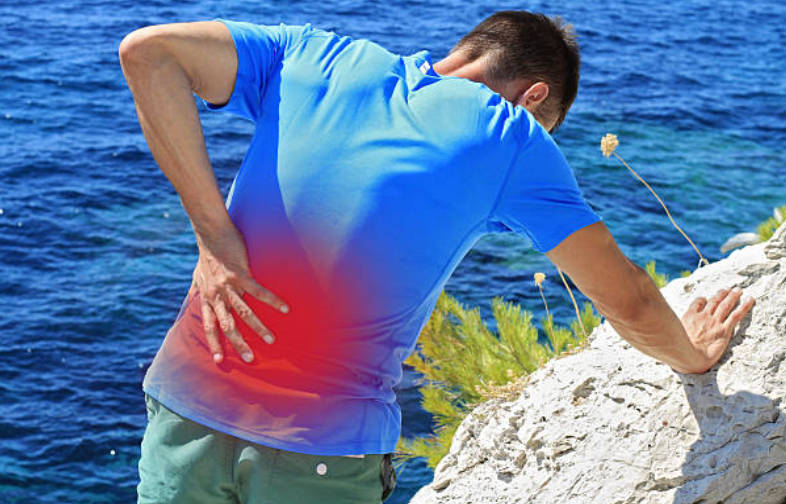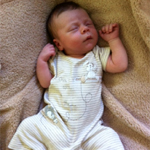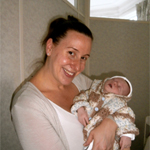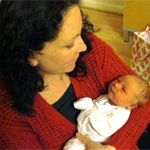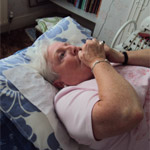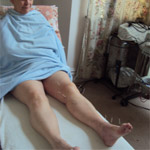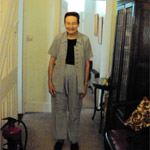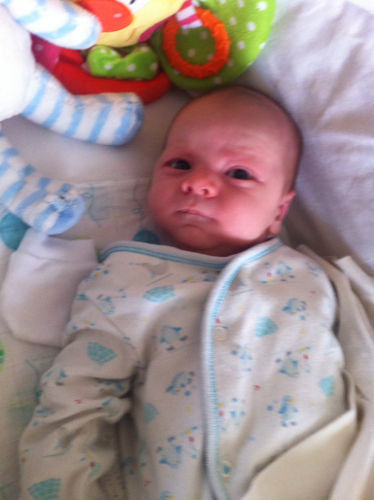Back to Basics – Common causes of back pain and tips for preventing and relieving the symptoms
Almost half the UK population (49%) have reported experiencing lower back pain lasting for at least 24 hours, with research suggesting that over 80% of us will encounter back trouble at some point in our lives. It’s also one of the most common reasons for long-term sickness among UK workers and the NHS allocates more than £1billion to back pain related treatments and services.
And it’s not just adults. Regular or daily back pain also affects a quarter of UK secondary school pupils, with many attributing this to prolonged sitting and carrying heavy school bags.
Common causes
There are two types of back pain – ‘non-specific’, where there’s no obvious cause and ‘medical’ when the pain originates from the joints, bones or soft tissues around the spine.
Non-specific: Typically feels worse when moving around and can develop suddenly or gradually. It can also be associated with stress, feeling run down or a minor injury. Will start to improve within a few weeks.
Medical: Will have been caused by a medical condition such as a slipped disc, sciatica or maybe joint swelling in the spine and is usually ongoing.
Avoidance and treatment
So, what can we do to prevent the onset of back pain, and what treatments are available that could potentially help those already in pain? Here are my top tips for looking after your back:
- Exercise regularly and follow a healthy diet
- Maintain good posture – avoid slumping and hunching
- Stretch the spine before and after sports
- Try not to overload backpacks and shoulder bags
- After each hour of sitting make sure to stretch your legs and back
- Never cradle the phone between neck and shoulder
- Try not to sleep on your stomach, opt for your back or side instead
- Invest in a good chair and quality pillows and mattress
- Have regular spinal check-ups
- Always bend your knees and hips, not your back
- Stop smoking – it is thought to reduce the blood supply to the discs between the vertebrae which may lead to the discs degenerating
- Lose any excess weight
Here is what a few of my past clients have said:
“I have had lower and upper back pain for many years and I was unable to straighten my upper back, now I can stand up straight with no pain and improved movement”.
Michael Thrussell
“I pulled my back at 34 weeks pregnant and was in agony. Acupuncture helped me quickly to get back on my feet. I would recommend it [and Denise] to anyone”.
Kellie Davis
“I did my back in this morning and a friend said get to Denise. I went from rolling on the floor in agony to walking out the door in one session! Honestly, thank you so much I really don’t know what I could have done otherwise”.
Caroline Angela Cuell

